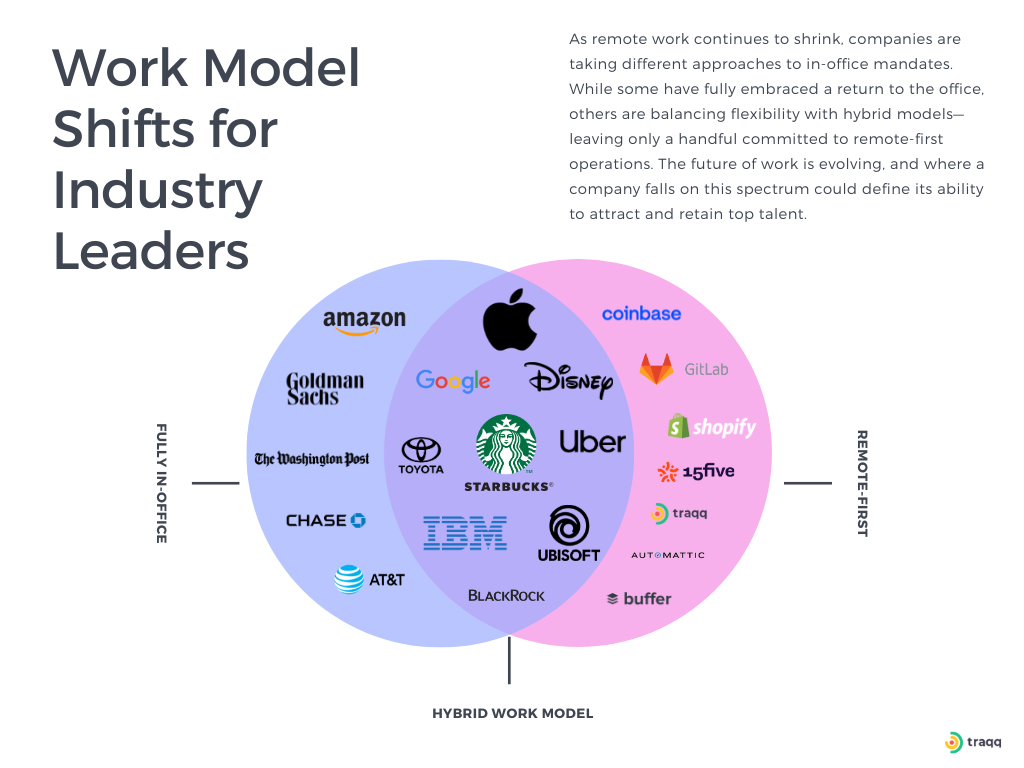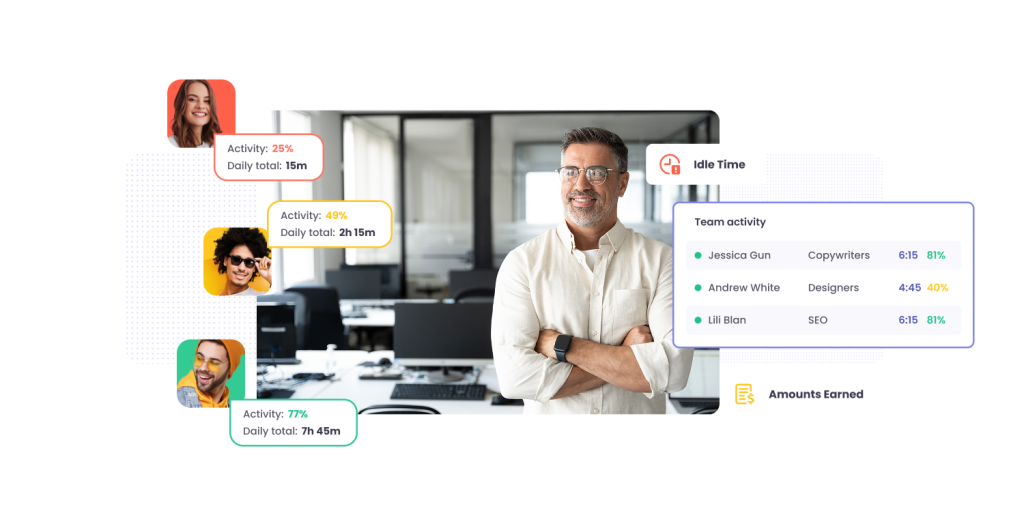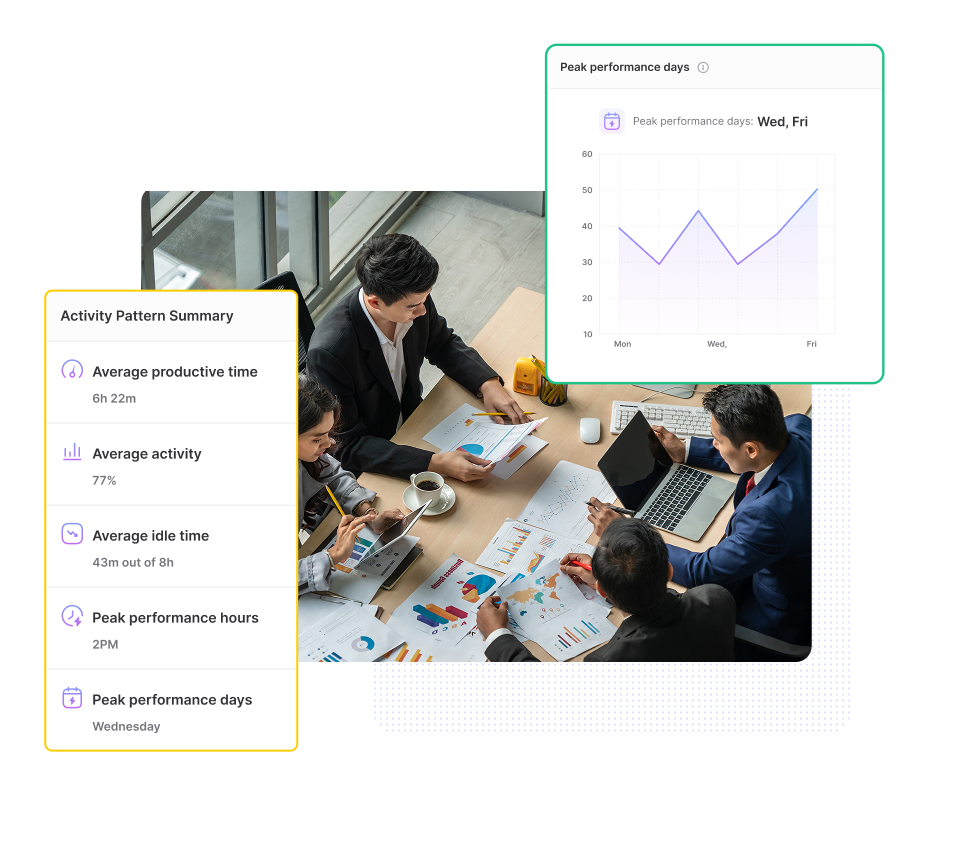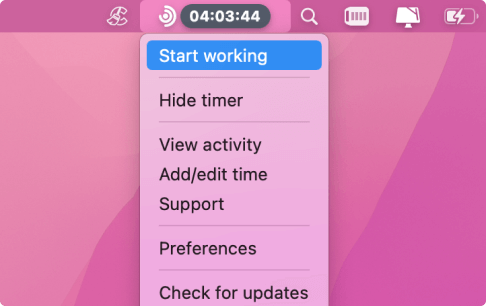
As mask mandates and the subconscious need to keep six feet away from the nearest human are starting to wane from our collective memory like a bad dream, the remote work boom is starting to lose its footing. As if on cue, both federal and private organizations have started calling back their remote workers en masse, colloquially referring to the move as the RTO (Return-to-Office) Push. For those tracking the ups and downs of company profits, the real question isn’t whether to bring everyone back to the office – it’s how to maintain high performance through the remote work transition.
The RTO Push is not entirely unwarranted. After all, the security, productivity, and company culture that are cultivated with the office walls are not illusory, and there is indeed data to back up the sentiment. In some industries, remote jobs have all but disappeared, while the upward trend has continued to stay solid in others. So how can companies make data-driven decisions to ensure productivity while navigating the evolving landscape of remote work?
Why Companies Are Cutting Remote Jobs
In the US, some pretty big industry names have been making headlines with their return-to-office mandates, with even the 47th president stirring the pot, saying that federal workers who refused to go into the office were “going to be dismissed.” While leadership from Amazon, Google, and Disney cite collaboration, oversight, and productivity as the main drivers behind their recent policy changes, there are also less optimistic reasons why employers may express skepticism about staying remote.

Issues like time theft, data security, distractions, and accountability gaps continue to raise concerns among companies that have a major remote workforce. At the same time, some employers struggle to even measure these factors, putting employee-manager trust on the line. Even before the back-to-offices changes were made, companies like JPMorgan implemented invasive monitoring practices to track who came and went in the office, further eroding trust and demonstrating a clear need for ethical monitoring software.
From the employees’ point of view, sentiment regarding the shift varies. Some actually look forward to seeing their coworkers face-to-face, citing the main attraction of returning to the office as the social aspect, as per the Microsoft Work’s Trend Index. But not all employees agreed that a return to the office is the end-all-be-all that management claims it to be. In an internal Slack channel, one Amazon employee perfectly encapsulated their frustration with the RTO policies, writing, “This is not ‘going back’ to how it was before. It’s just going backwards.”
Whether the employees are going back to the office out of personal preference, mandate, or industry necessity, the key challenge for companies remains unchanged – ensuring that productivity, profitability, and engagement don’t nosedive. As companies navigate the changing landscape of work, the focus must shift from physical location to measurable outcomes. With that in mind, let’s take a closer look at how the approach to scaling back remote workers can vary significantly by industry.
Industries Where Remote Jobs Are Shrinking

Finance & Banking
Wall Street and major financial firms are leading the back-to-the-office charge, with JPMorgan Chase and Goldman Sachs requiring in-office presence for better oversight. “Charge” is definitely the right term, as the RTO policies in this industry appear to be the most ruthless in implementation and largest in scope. JPMorgan Chase, for instance, has mandated that employees on hybrid schedules return to the office five days a week, with CEO Jamie Dimon emphasizing the importance of in-person work for efficiency and creativity, dismissing employees’ pleas for flexibility.
Similarly, Goldman Sachs has reinforced its five-day office attendance policy, monitoring compliance through ID badge swipes and linking attendance to performance evaluations. It’s questionable whether such axiomatic measures and strict performance metrics will have a positive effect on productivity in the long run, as the historical data to confirm this correlation simply isn’t there.
In fact, a Boston Consulting Group report reveals quite the opposite, finding that being close to decision-making is closely linked to job satisfaction, suggesting that employees feel more engaged when they have a sense of control over their work environment. How such a rigid stance on employee autonomy will affect the financial giants’ bottom line remains to be seen.
Legal & Consulting
Toning the rigidity down a notch, law firms are implementing their in-office mandates with a slightly more flexible approach. A report from Thomson Reuters indicates that over half of surveyed firms require lawyers to be in the office at least three days per week, with 64% allowing flexibility in choosing which days. Though it’s difficult to paint the legal industry’s onsite work policies with such broad strokes, it’s safe to say that the vast majority opt for the hybrid model.
For law firms, the implementation of hybrid work policies is a balancing act between professional development, client needs, and personal commitments. Frank Ryan, the DLA Piper’s global co-chair said best, quoting, “What you have are pros and cons, and I think there really are three considerations for firms: Number one, are you delivering for clients? Do you have policies for your lawyers that allow you to compete and deliver service at the highest level? Two, are you mentoring your people? Are they getting the right training? And lastly, what culture do you want the institution to have?”
These questions perfectly encapsulate the challenge of maintaining productivity in a hybrid work environment, and the legal industry’s amenable approach will likely yield a better outcome for its workers.
Retail & Hospitality
At face value, it may seem obvious that an industry with primarily client-facing jobs would cut down on remote work, but the downward trend is actually concentrated in corporate roles. For instance, Gap Inc. has mandated a phased return to the office for corporate employees across the US, aiming for a full five-day workweek. “Creativity thrives on in-person collaboration, innovation comes to life through live brainstorming,” a Gap Inc. spokesperson told the Business Times.
This move impacts workers across the company’s four major brands: Gap, Old Navy, Athleta and Banana Republic, and aligns with similar strategies employed by companies like Salesforce, Amazon, Coles, and Woolworths, who are pushing for varying degrees of hybrid work models. Aside from the IT industry, the major players in retail and hospitality seem to be the most open to offering employees flexibility and autonomy, which are key aspects of sustainable productivity.
Information Technologies
In a somewhat surprising shift, digital-first tech giants are also cutting down on remote work, with Dell, Google, IBM, and Meta being just a few of the most notable examples. A Hiring Lab study found that remote job postings for tech roles dropped by 3.8% in late 2024. “It was a particularly difficult year for IT professionals looking for new jobs – a complete reverse of demand during and just after the pandemic, which was very high,” said Recruitment and Employment Federation chief executive Neil Carberry. Despite the drop, Carberry remains optimistic that the roles will likely bounce back as companies invest in IT transformation by way of rising demand in AI.
This declining remote work trend is further supported by findings from Robert Half, which observed that new, fully in-office job postings fell from 83% to 68% during 2023. However, Carberry’s prediction may be on the mark, considering job postings for hybrid and remote positions have since stabilized, suggesting that many employers continue to see value in offering flexible work options to employees. It’s a good thing, too, as maintaining flexibility and autonomy is a proven way to keep employees engaged, motivated, and productive.
Across the Board
Although the aforementioned industries are just the most prolific in terms of cutting back on their remote workers, the trend echoing across all industries is more or less the same: all companies place significant value in oversight, collaboration, compliance, and productivity. Mandating in-office work doesn’t translate to higher productivity by default, just as remote work isn’t inherently inefficient. What truly matters is a company’s ability to track and optimize performance, ensuring that employees remain engaged, efficient, and motivated, regardless of their physical location.
The Hybrid/Remote Model Survival Guide

Whether you are an entrepreneur looking to start a remote-first company, a financial mogul who wants to maximize work efficiency by tracking attendance, or an employee heading to the office tomorrow, there’s one thing all three have in common. Businesses need a way to measure and optimize employee productivity, and time tracking software has been the go-to solution long before remote working was even a thing. However, not all time tracking and employee monitoring software is created equal, as clearly demonstrated by near-universal condemnation received by the leadership at JPMorgan and the threats to quit that followed. This is where an ethical time tracking solution like Traqq comes into the picture.
When Grace Orr, Director of People at Communicorp UK, looked at the growing inefficiencies in the company’s administrative tasks, she realized that manually tracking productivity and engagement in a hybrid environment was nigh impossible. Instead of enforcing rigid in-office policies, she turned to AI-driven insights to streamline performance tracking while keeping employees engaged. “The use of AI means we can track key HR metrics in real-time,” Orr said in an interview with The Guardian.
With a tool like Traqq, Grace’s team could automate productivity tracking, analyze real-time engagement levels, and ensure accountability without intrusive monitoring. By removing the burden of manual tracking, her HR team would have more time to focus on employees’ needs, making trust and efficiency the foundation of their hybrid model.

Affirm, a financial technology company that went fully remote in 2020, faced similar challenges when making the switch. Instead of micromanaging, Affirm adopted clear KPIs and frequent check-ins to track performance without disrupting workflows. Employees were encouraged to work in environments where they performed best, while quarterly in-person meetups were implemented to maintain a sense of company culture. “We’ve found that flexibility not only helps retain top talent but also drives better performance,” an Affirm executive told Business Insider.
Traqq helps companies like Affirm take this approach to the next level through automated time tracking, real-time productivity insights, and detailed reports. These tools would eliminate the need for frequent check-ins, as all the real-time data the managers need would be at their fingertips. Thus, managers could assess performance objectively and without resorting to guesswork or excessive oversight.

Smart Companies Leverage Data, Not Just Office Space
The return-to-office debate is still in full swing, despite the trend that major employers appear to be setting. While some companies double down on rigid mandates that snuff out employee autonomy, the most forward-thinking organizations recognize that data-driven decision-making trumps blanket policies. The ability to track performance, identify inefficiencies, and act on these insights is what ultimately drives success. Rather than relying on gut feelings or outdated management models, companies that use AI-powered tools like Traqq gain real-time knowledge into what how their workers are performing, without putting their work under the microscope of micromanagement.
Regardless of whether everyone is stuffed back into tiny cubicles or lives the peak nomadic lifestyle by working from a laptop while at the beach, businesses that prioritize adaptability and measurable outcomes will have the upper hand. Companies like Communicorp UK and Affirm have already demonstrated that a balanced approach – one that leverages AI-driven insights, clear KPIs, and trust-based autonomy – creates a thriving, engaged workforce. By embracing ethical time tracking and robust performance analytics, organizations can maintain and even improve high performance without stifling innovation, ensuring that their company won’t end up on the chopping block.
